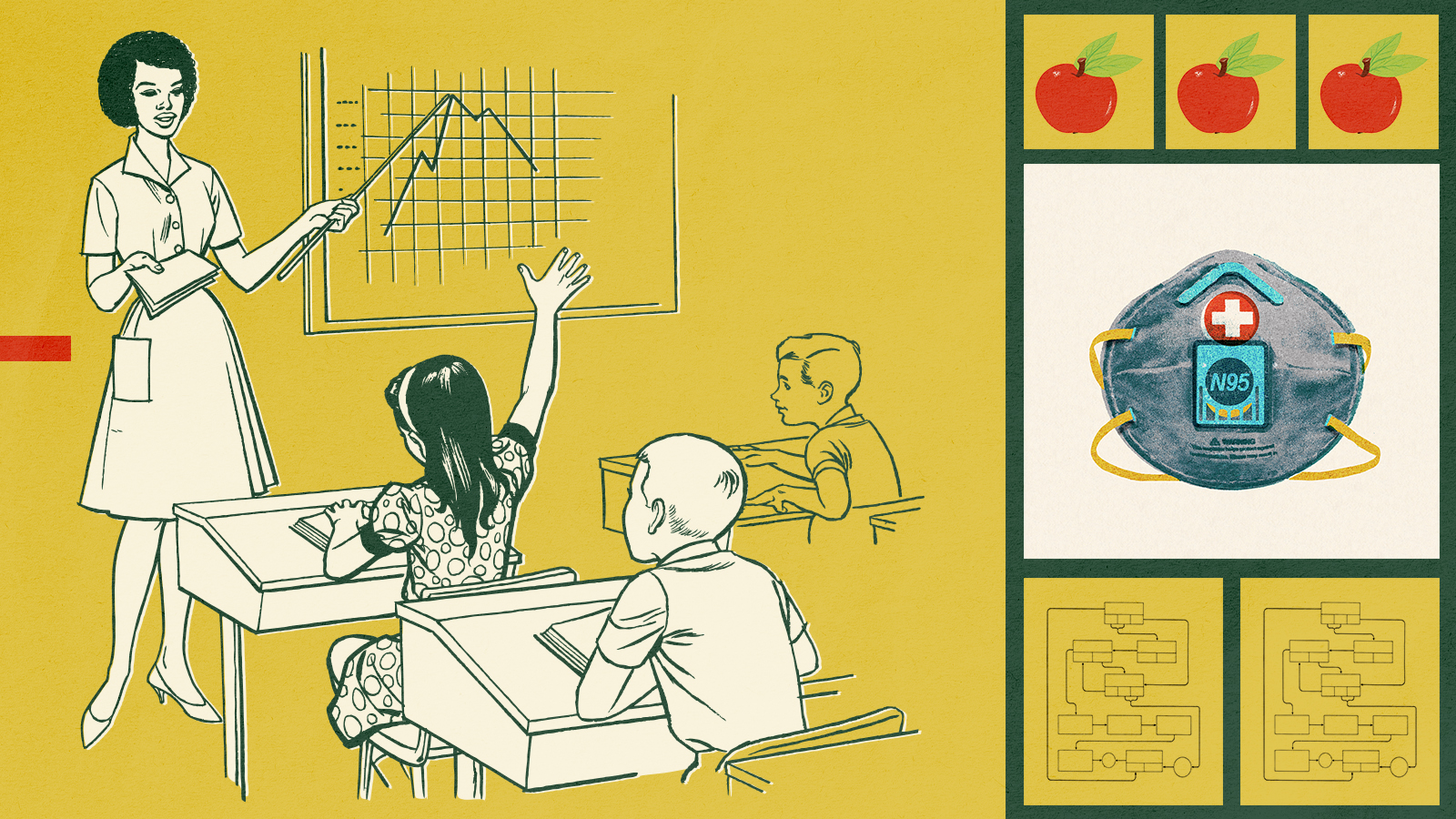Transparency is good, but it won't end the CRT debate


The next battle in the war on "critical race theory" is here. Bills recently introduced in Congress and several states would require public schools to make information about their curriculum and classroom practices available to the public.
The proposals represent a shift in strategy by the anti-CRT movement. Although they rarely lived up to their billing as outright bans, earlier efforts to discourage the introduction of certain ideas, works, or instructional practices — billed formally as diversity, equity, and inclusion programs — were open to accusations of censorship. The new emphasis on transparency is intended to evade those criticisms.
In principle, transparency is an appealing goal. There's no reason parents shouldn't be aware of instructional materials, major assignments, or the identities of outside speakers or consultants involved in educating their children. Some of that information is already available — if you have the energy to seek it out and know whom to ask or where to look. But standardized presentation on easily accessible websites would make it simpler to get an accurate sense of what's being taught.
The Week
Escape your echo chamber. Get the facts behind the news, plus analysis from multiple perspectives.

Sign up for The Week's Free Newsletters
From our morning news briefing to a weekly Good News Newsletter, get the best of The Week delivered directly to your inbox.
From our morning news briefing to a weekly Good News Newsletter, get the best of The Week delivered directly to your inbox.
The practice of transparency is more complicated. One risk is that mandates will create a compliance burden that will distract teachers from their classroom duties, require hiring more administrators, or both. It's not hard to compile a list of titles and links to sources that are already online. But uploading the actual content of every reading assignment or exercise and ensuring that the archive remains up to date is a big job.
Increased paperwork isn't the only problem. If all instructional materials have to be posted in advance, it's harder to deviate from the published plan — even for good instructional reasons. A likely consequence of demanding transparency requirements is more rigorously scripted instruction. That's a dubious gain for students or families.
There are also reasonable concerns about who would be able to view the information. Extending access beyond the local community will inevitably provide fodder for trolls. The risks of personal targeting and out-of-context quotes going viral suggest that there's a tradeoff between detail and accessibility. It's one thing to make classroom materials available to the parents of students who are actually enrolled in those schools or districts. It's another to offer them directly to the whole internet.
Transparency is good, then, but the details matter. On Twitter, political scientist Jeffrey Sachs compiled a list of school transparency proposals, which range from merely symbolic to seriously disruptive. If they're serious about informing parents and improving accountability, transparency advocates need to craft bills that limit administrative burdens and foil trolling. Otherwise, the effort will be just another chapter in our endless education wars.
A free daily email with the biggest news stories of the day – and the best features from TheWeek.com
Samuel Goldman is a national correspondent at TheWeek.com. He is also an associate professor of political science at George Washington University, where he is executive director of the John L. Loeb, Jr. Institute for Religious Freedom and director of the Politics & Values Program. He received his Ph.D. from Harvard and was a postdoctoral fellow in Religion, Ethics, & Politics at Princeton University. His books include God's Country: Christian Zionism in America (University of Pennsylvania Press, 2018) and After Nationalism (University of Pennsylvania Press, 2021). In addition to academic research, Goldman's writing has appeared in The New York Times, The Wall Street Journal, and many other publications.
-
 Wilde Cambridge: home-away-from-home in a prime city spot
Wilde Cambridge: home-away-from-home in a prime city spotThe Week Recommends This laid-back aparthotel is the perfect base for a weekend of exploring
-
 The best alcohol-free alternatives for Dry January
The best alcohol-free alternatives for Dry JanuaryThe Week Recommends Whether emerging from a boozy Christmas, or seeking a change in 2026, here are some of the best non-alcoholic beers, wines and spirits to enjoy
-
 A lemon-shaped exoplanet is squeezing what we know about planet formation
A lemon-shaped exoplanet is squeezing what we know about planet formationUnder the radar It may be made from a former star
-
 Where will international students go if not the US?
Where will international students go if not the US?Talking Points China, Canada and the UK are ready to educate the world
-
 Smartphones face bans in US schools
Smartphones face bans in US schoolsTalking Points Educators say the devices disrupt classrooms
-
 Another standardized test bites the dust. Will standards follow?
Another standardized test bites the dust. Will standards follow?Talking Point
-
 What conservatives really mean when they say 'groomer'
What conservatives really mean when they say 'groomer'Talking Point
-
 What the 'Don't Say Gay' bill debate tells us about democracy
What the 'Don't Say Gay' bill debate tells us about democracyTalking Point
-
 Princeton gives a pay raise to some of the most privileged people in the world
Princeton gives a pay raise to some of the most privileged people in the worldTalking Point
-
 Meet the new Harvard, same as the old Harvard
Meet the new Harvard, same as the old HarvardTalking Point
-
 Americans just want their schools left alone
Americans just want their schools left aloneTalking Point
